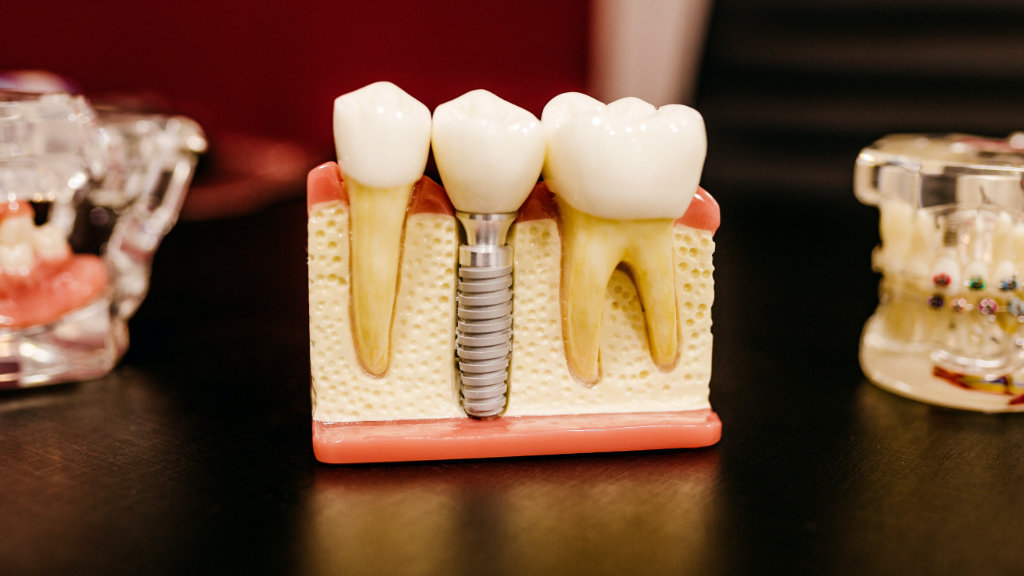Can Biomimetic Dentistry Prevent Root Canals? Dentist Explains

For as long as mankind can remember, teeth have been the hardest substance found in the human body as long as they are well cared for. Of course, even with the best dental hygienic practices, a person can still encounter issues with their pearly whites.
This can range from requiring a cleaning, filling, extraction, crown installation, or root canal. But because humans now live in the 21st century, certain innovations now allow for procedures that are considerably less invasive than what others would consider as old-fashioned dental procedures. Nowadays, patients can rely on biomimetic dentistry instead of using traditional ‘drill and fill’ type dentistry like the preventable type of root canals.
Biomimetic Dentistry at its Core
Teeth are at their strongest when in their natural form; this is the primary principle behind biomimetic dentistry. According to the dentists, there are two main advantages of this principle. The first is the long-term promotion of teeth conservation for dental health and the second is to help reduce the financial costs brought about by treatment.
Due to its rising popularity, many dentists are now turning to biomimetic dentistry in an effort to provide their patients with procedures that are designed to be minimally invasive and geared towards the protection of a patient’s teeth. This is done in the hopes of mimicking the original function, form, and aesthetics of a patient’s teeth.
According to dental experts, biomimetics is chiefly the study of a biological system’s structure and function. Biomimetic dentistry is specifically the use of the tooth as the model for designing and engineering material that is needed to replace a tooth structure that is diseased or simply missing.
Furthermore, dental research on the subject of biomimetic dentistry states how traditional dental practices in the past resorted to more invasive means when it comes to restoring badly chipped teeth or ones that suffered major decay.
Whenever invasive procedures are done, dentists end up cutting away some natural, healthy teeth in order to make way for a crown. While a crown procedure is sometimes necessary, better alternatives can be implemented most of the time. Advancements in bonding techniques and modern adhesion methods have now allowed dentists to perform procedures in a more conservative manner. The end result is great for the patient’s tooth and their finances.
Inner Workings of Biomimetic Dentistry
The treatment of large cavities in teeth and the prevention of root canals are just some of the useful implementations of biomimetic dentistry, particularly when dealing with infected or badly decayed teeth. For instance, in a standard root canal procedure, the infected or inflamed soft center or pulp of the tooth is extracted. The internal part of the tooth is then cleaned and properly disinfected. Then a rubbery material is used to fill and seal the tooth before the crown is installed.
On the other hand, cosmetic dentists who use biomimetic methods will clean the decay but will stop upon reaching the tooth’s nerve. A small portion of decay is left before the nerve is sealed, provided that the patient involved in the procedure is asymptomatic (i.e. does not experience any pain). Dental practitioners who favor the biomimetic techniques are well aware that the process goes beyond the norm. However, as long as all the decay is cleaned out of the peripheral feeling zone, dentists will be able to manually build back up a tooth structure that is looks and feels like a healthy tooth. The dentist ‘build’ a tooth by ‘mimicking’ what the original tooth looked like. It’s part art and part science.
Eliminating Bacterial Growth in Decaying Teeth
In essence, dentists are able to simply seal the nerve with the utilization of layering techniques through the use of porcelain restorations and composites. Previous studies have shown that the process effectively cuts any progress of decay since it is sealed off from receiving any form of nutrients.
Since cavities are caused by bacteria, it is only logical to cut off its supply of nutrients. In this case, sugar and oxygen are bacteria’s main food sources. Without them, they remain dormant or they die. The use of innovative methods can now help prevent a larger percentage of cavity filled teeth from needing root canal procedures or crowns.
The Patient-Centric Approach to Biomimetic Dentistry and Preventing Root Canals
Thanks to the modern and cost-effective techniques that biomimetic procedures offer, dentists are now able to provide a patient-oriented approach that prioritizes the tooth’s strength above all else. However, the practice of biomimetic dentistry has yet to be recognized formally as a specialty and is currently considered as an alternative application to certain types of general dentistry procedures. Unfortunately for this, many insurances don’t cover Biomimetic Dentistry procedures.
The general premise of biomimetic dentistry is to ensure that the tooth being fixed gets layers rebuilt into it. The entire goal of the practice is to rebuild a tooth that looks and functions like one rather than just aesthetically appearing to be one.
In Closing
Dental practices are now moving towards methods and procedures that are becoming less invasive. Simply put, this is the RIGHT THING TO DO. More and more dentists and patients are determined to ‘preserve’ rather than ‘destroy’ what nature provided.